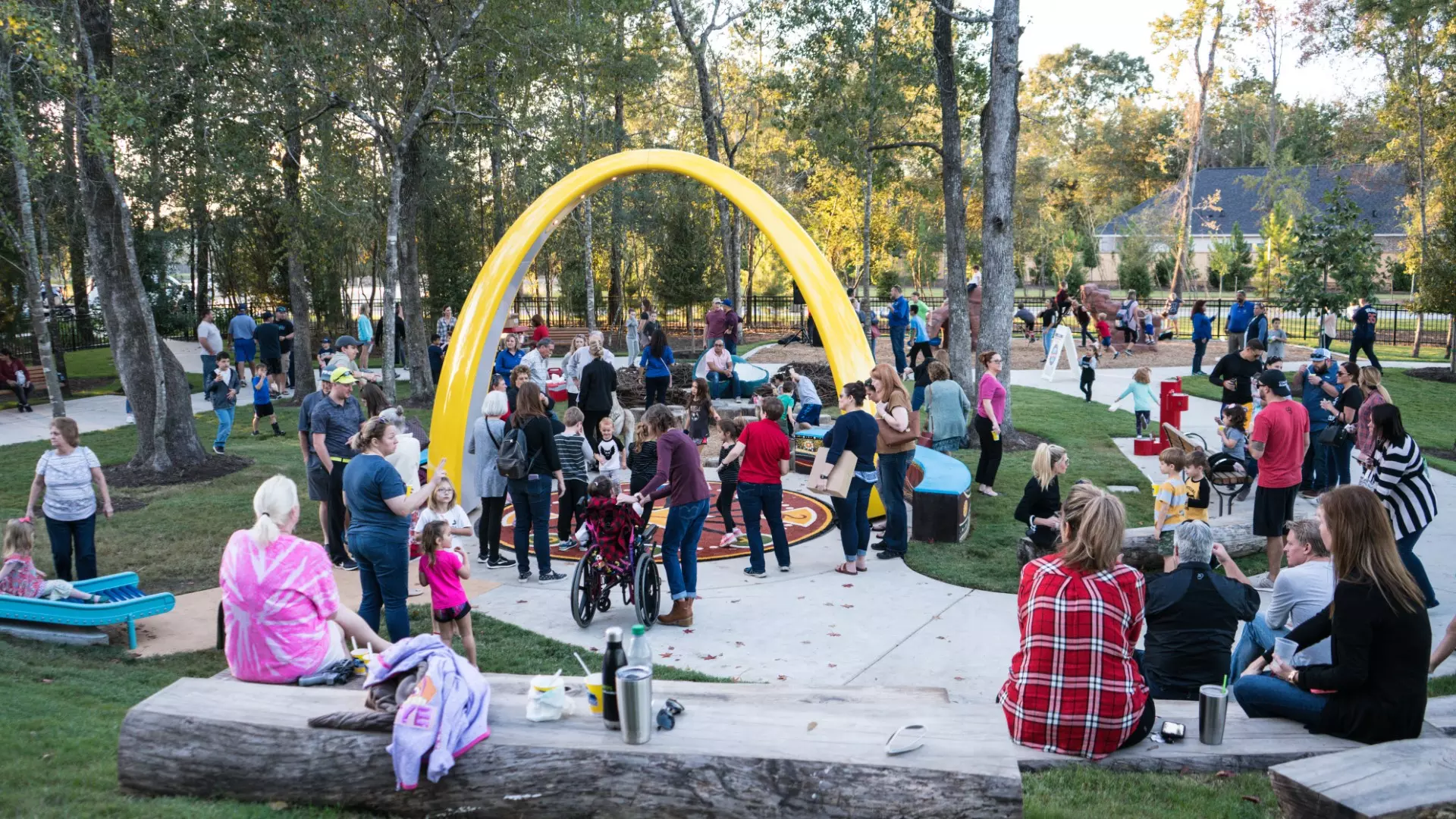
Let’s start with the definitions
The need of every user is different
Inclusion means different things for different people. Therefore it’s important to first start with a few definitions. Inclusive play aims to fulfill all users’ needs, but with every user being different, this creates a conflict between other user’s needs. Developing games for specific target groups offer great play experiences but are aimed towards player preferences. In the same way, different players like various genres of games. Users end up playing in four different scenarios, as shown in the overview.
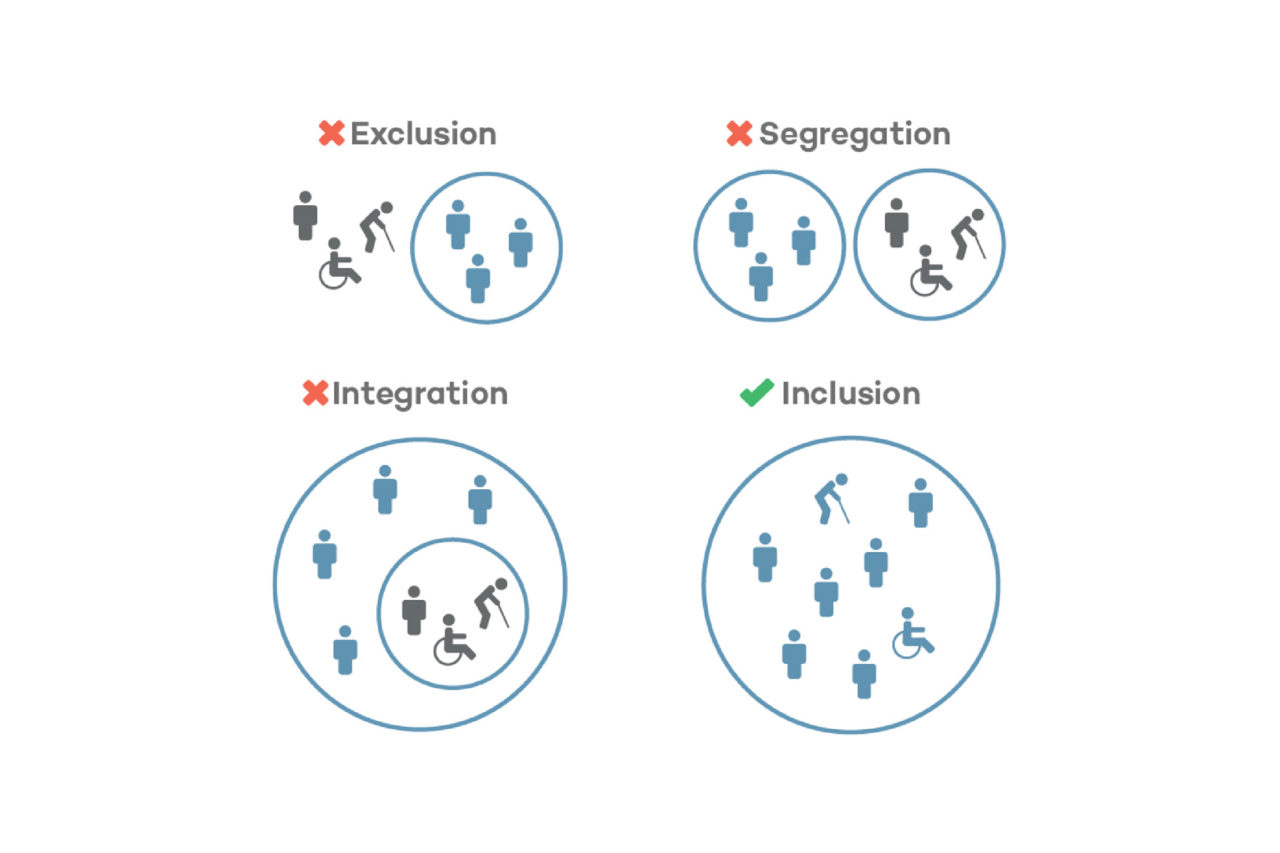
We’re not trying to design for all of us, we’re trying to design for each of us. If we design for people who have a unique need, it benefits people universally.
Inclusion vs Exclusion
Competition creates inequality but offers a specific playstyle for a player preference: competitive play.
Exclusion
It aims to fulfill the needs of a part of the users.
Separation: Segregation
It aims to fulfill all users’ needs but divides a single play space into multiple play spaces.
Separation: Integration
It aims to fulfill the needs of all users and creates separate areas within a single play space.
Inclusion
It aims to fulfill the needs of all users within a single play space.
Types of Design
When designing solutions for play spaces, it’s essential to be aware of three different ways of developing a solution to achieve inclusion.
Prescriptive Design
Design a piece of equipment or environment specific to a small user group or individual based on a remedy to minimize or compensate for the group’s or individual’s functional limitation.
Accessible Design
Design a site, building, facility, or portion thereof that complies with the minimum accessibility standards.
Universal Design
UD is the design of products and environments to be usable by all people, to the greatest extent possible, without the need for adaptation or specialized design .
The 7 principles of Universal Design
- Equitable use. The design is useful and marketable to people with diverse abilities
- Flexibility in Use
- Simple and intuitive
- Perceptible information
- Tolerance for error
- Low physical effort
- Size and space for approach and use
Every user is an expert
The player, player’s attendant, parent, or teacher knows best what they need and like in a game. Every case is different. Therefore, it’s essential to give the right information about which games are inclusive and which potential barriers to play are available in the game to enjoy the experience. After many meetings with experts, end-users, and attendants, we’ve collected a clear and easy list of potential obstacles. This way, the user can decide for themselves if they want to play the game. When playground equipment is too complicated for children with disabilities, they are less likely to use it for fear of improper use, leading to isolation.
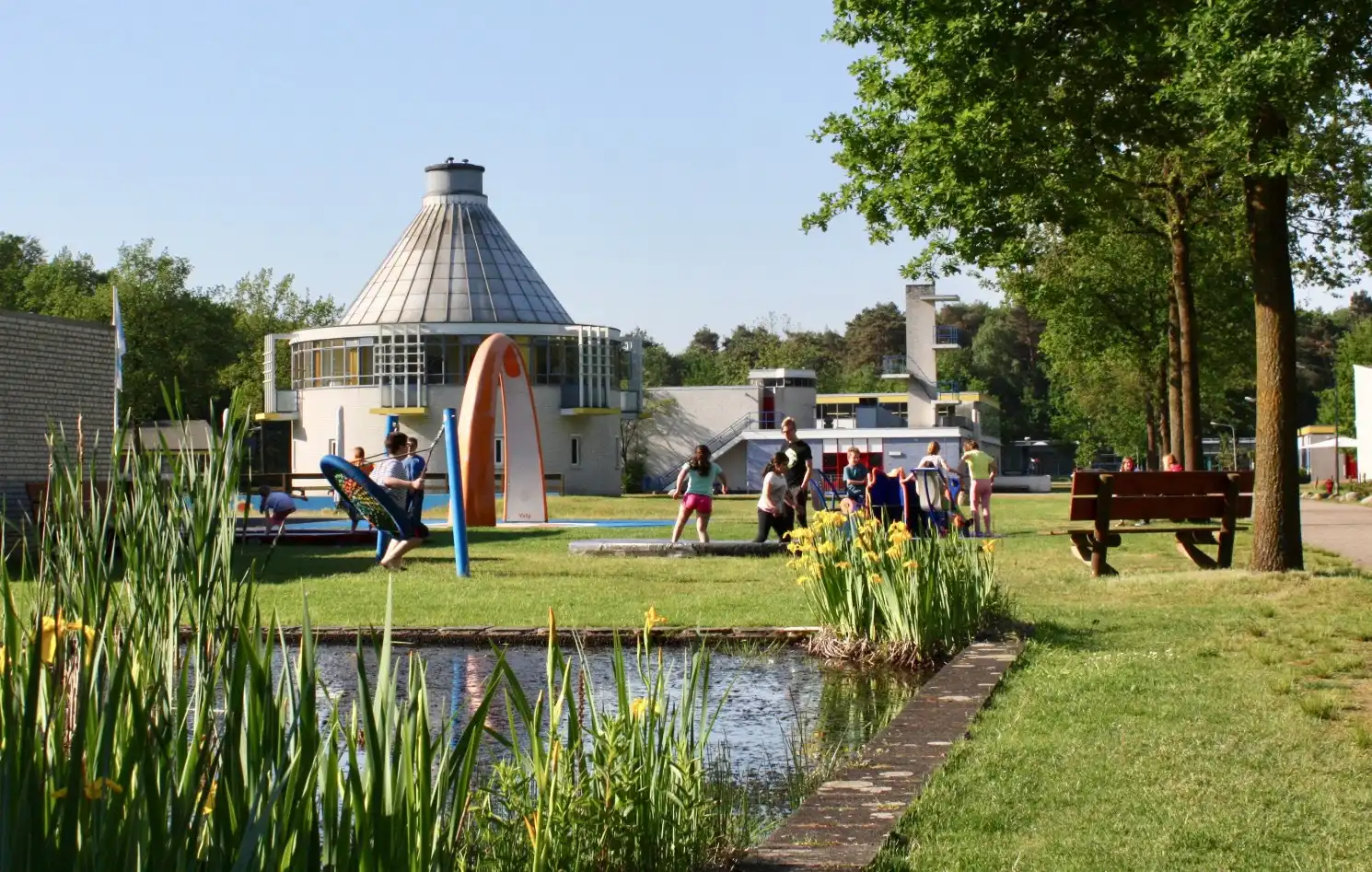
3 Cs of Inclusion
Yalp’s Inclusive Design Principles
The higher up in the process, the more impact you will be able to make
At Yalp, we have three action points for inclusion. The 3 Cs of inclusion cover entirely every step of the process needed to create and design an inclusive play space. The higher up in the process, the more impact you will be able to make. Many teams often focus on the content, but this comes later for better and longer-lasting effects.
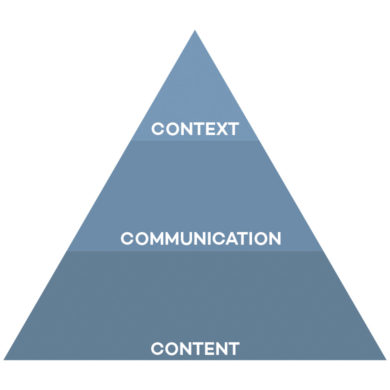
Context
The first action is to create as early on in the project the right context, policies, and awareness for the play space. Without this, the goals will be unclear, there will be no processes to share the playground’s existence, and the playground’s content will not match the users’ needs.
This process involves sharing knowledge and wishes with the playground design team and should define goals, users, and users’ needs. Involve the right people, share knowledge of inclusion within the group, try out the products you would like to place, and discuss the team’s wishes, chances, and opportunities. Involve the community, parents, schools, teachers, and end-users, reflecting every group of end-users. Think about the practicalities. Make sure the location and distance to the playground is not an issue. The site is accessible and provides the required facilities.
Communication
Share information actively, go out, and try to reach potential users and visitors. The social barrier is bigger than the physical barrier. Users must know about the play space to be able to experience it. Often users are afraid of the unknown or simply don’t know about a play space’s possibilities or existence.
Communication and transparency are more important than the actual play space itself.
Communication and transparency are more important than the actual play space itself. At the beginning of the process (and during the context phase), finalization, and years after completion, it’s critical to communicate about the play space and their goals. Information about the play space, facilities, accessibility, and offerings should be available for a user or a visitor.
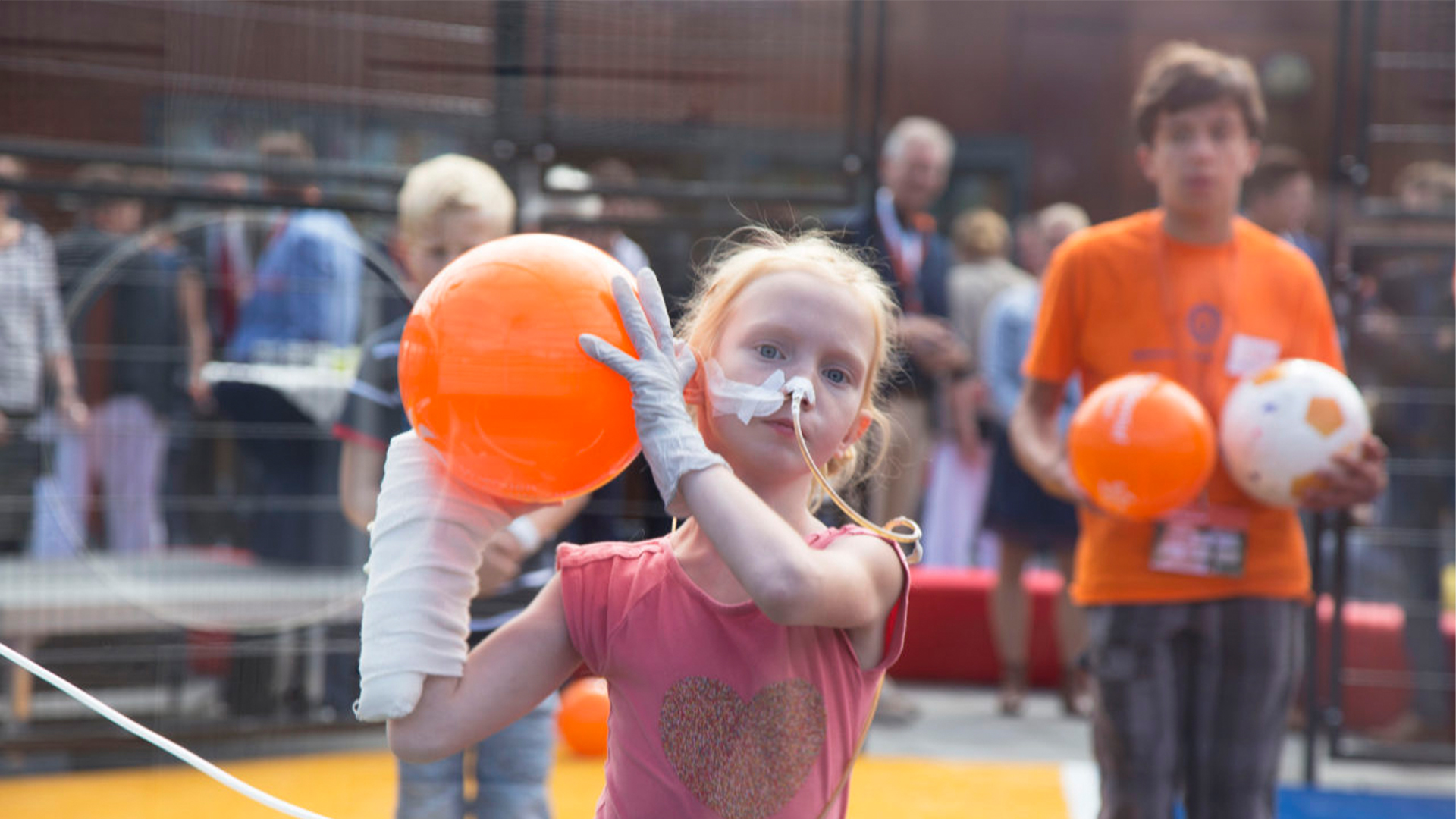
Content
When you complete the first two actions successfully, you will be able to create excellent content. The content should match each of the following standards:
Challenge
The product should deliver thrill, challenge, and different levels of active play.
Independence
The user should feel independent when interacting with the product.
Safe
The product should be safe for the user and create a safe environment to enjoy the experience.
Sensory
The product should stimulate the senses of the user.
Variation
The product should include enough variation.
Flexibility
The product should be flexible enough to adapt to the needs of the user.
Calmness
The product should support moments of calm.
The game improvements
Improve or a new game?
Yalp Interactive start bundles have proven to be the most popular games, especially the Sona start bundle games have proven themselves over the last 10 years to be enjoyed the most based on hundreds of thousands of hours of play. For these games, we can definitely say that the core gameplay works and is a lot of fun. But as we see with these 3 locations, there are still inclusion obstacles present.
Our goal here is to improve the existing games and not create five completely new games. Completely changing a game can “fix” a problem, but this can mean removing the offending game component or mechanics from the game and changing the core gameplay. We’re looking at finding solutions for these obstacles.
One solution we apply is social game mechanics. As mentioned before, the need for everyone to play together at all times is not a goal in itself. But where we create opportunities for players to interact with the play equipment’s design, the games can stimulate social play.
A few examples of game mechanics we use to encourage players to play together:
Turns
Cooperation
Voting
Roles
Rewards
Spectators
Three ways to fulfill a user’s needs
The three-way division in the games highlights the different ways a game can fulfill a player’s needs. This can be based on skill, preference, or interest. We’ve defined three ways to fulfill a player’s need.
Complete
The core gameplay offers for as many players a fun experience without any obstacles. Every player can experience the complete game.
Flexible
The game includes a competitive/difficulty component that can be changed or turned off. We’ve made the game flexible so as many players as possible can enjoy it. The users determine which parts they would like to see in the game.
Thrill
The game offers a thrill experience or focuses on a specific game mechanic or target audience. It offers something amazing for a smaller group of players, but by doing so, it excludes certain players.
Great examples of increased inclusion
De Optimist – Memo
Inclusion not only means looking at children with disabilities but actually making sure the difficulty fits all the users on the playground.
The Yalp Memo Interactive play pillars are one of our most complete interactive products where we barely scratched the surface of all the cool content and games that we can create for it. We received feedback from a teacher who experienced some struggles while using the Memo in her classes. The ABC game was developed with capital letters and the “adult” way of pronouncing the letters, but when children learn their letters for the first time, they learn how these letters sound when used in words, not how they are pronounced when we talk about the letters separately.
“A young boy, 5 years old, came up to me and already knew his tables. I was really surprised. Apparently, he played the multiplication game on the Memo and learned his tables this way.”
Djoeke Kunnen – Teacher kindergarten and IT coordinator De Optimist
The challenge with mathematics games is presenting the difficulty so any player can enjoy the game on their own level. And mainly the introduction of numbers and the first rules of addition, for example, are the foundation for anyone who does maths. And this is also the main area after we developed the core topics of all the mathematics games we were missing in some of our games: learning the basics first.
Talking with the users is a great way to learn and change the games to their needs.
For the ABC game, we quickly added lowercase letters and recorded new samples in the right way. We asked for examples on how to pronounce the letters, and we looked at one of the leading learning methods for learning the letters. And just like that, we now have two games with two different goals. First, learn your letters and how to use them and then decide how they are also called and their capital counterparts.
Regarding the math obstacles, the R&D team was also quickly able to tweak, improve or add this type of content quickly to the Memo.
Handball Germany Sportpark Styrum
Training your handball skills is not something you would connect directly with inclusion, but again, inclusion is a big part of matching the users’ needs (in this case, training handball skills). Our customer from Sportpark Styrum in Germany asked us to create a handball game on the Sutu because of the multiple handball teams that train next to the Sutu.
This was an easy enough task because we only needed a new sample and tweaked how the targets were presented. (The targets close to the floor result in poor bounces back). We also have a great game that fits with the target audience, and not only that, it trains the handball skills of the players in a fun and unique way. After installation, the handball game ended up right away in the top 3 and is an excellent addition to the other games that are great for footballers.
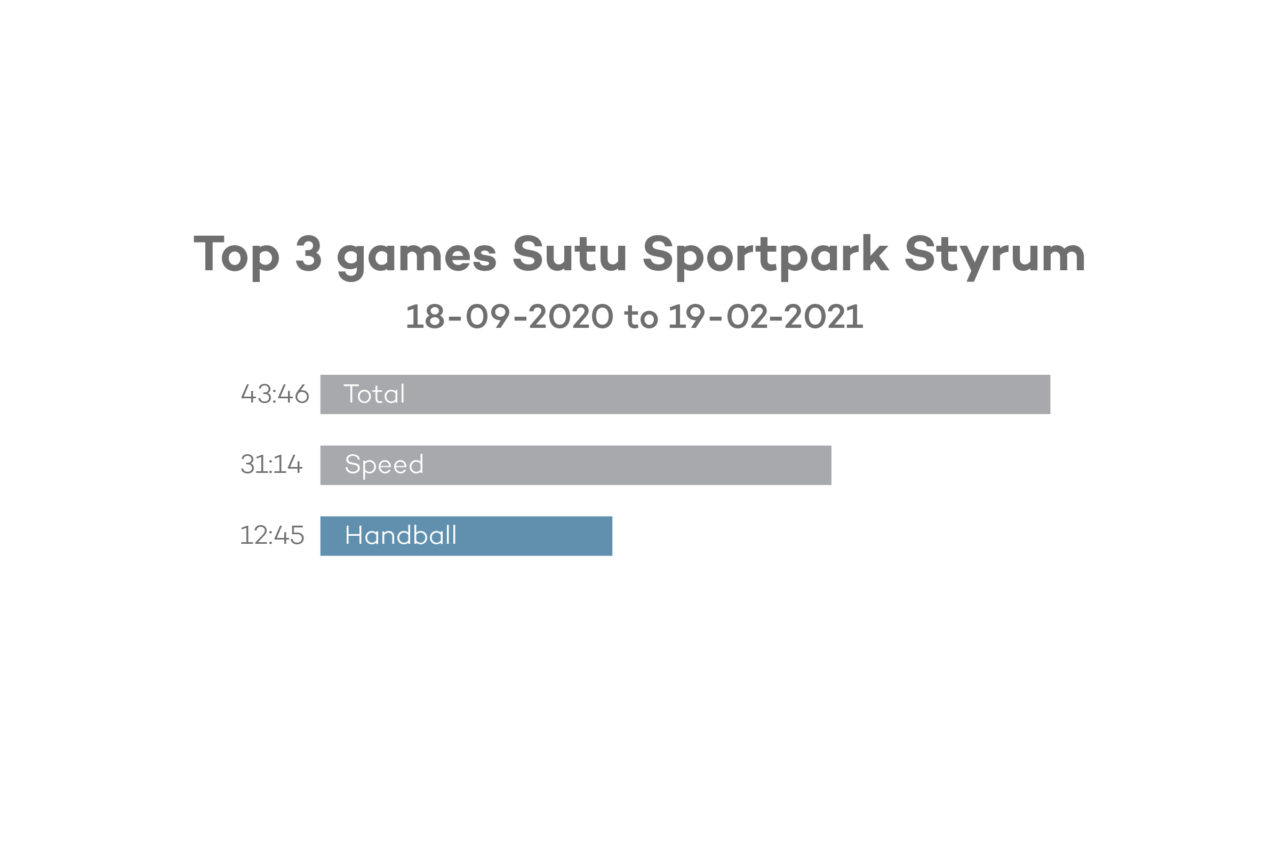
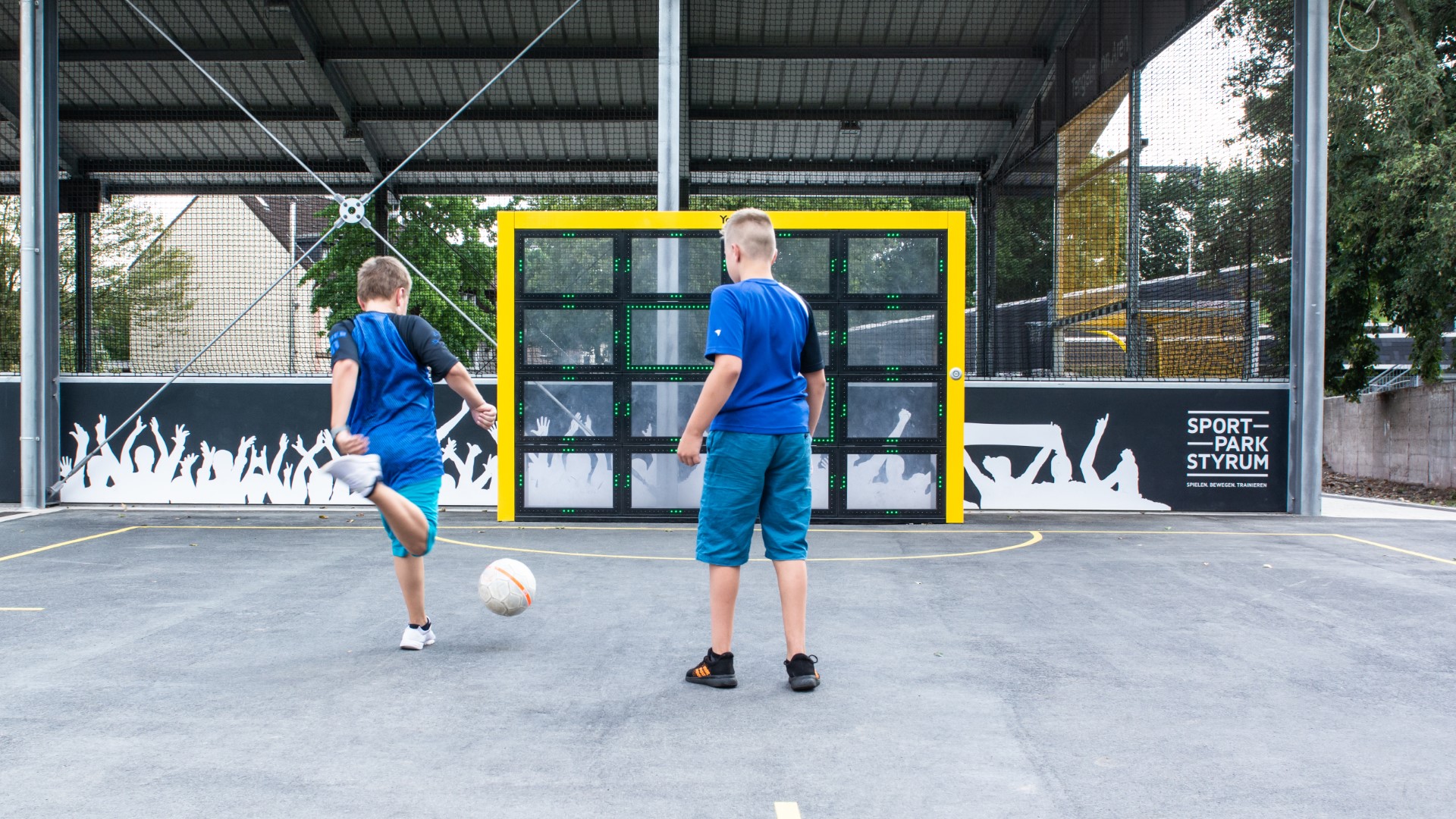
A great example of communication
Don’t be afraid to share the content you provide on a playground or location. As mentioned before when we look at your 3 Cs communication is the second step into providing inclusion:
Communicating what players can expect, but also let them enjoy play after they’ve visited a location.
Our son had hours of fun with your sound arc at various campsites. Now he would really like to listen to the dance numbers that are being played at home. Is it possible that you share them?
Remon Wilms, parent, camping visitor
After receiving a few requests about where parents could find the music we use, we actually created a SoundCloud account and added the music to this online platform, and also added music examples to youtube. This really lets the player enjoy your content and the main benefit here is that parents can also check the content before they visit a location.
Want to read the entire research? View all the statistics and findings of the study.
Download the Sona Inclusive play research now
This document is the result of a year of desk research, talking to experts and end-users. We developed and launched a first pilot with improved games and collected 2 months of play data and expert reviews with these new inclusive games.
Fun is getting a new name
Until now, you’ve known us as Yalp, but in 2024, we’re undergoing an exciting transformation into Lappset. But not much will change! We remain steadfast in our commitment to our core values. We are thrilled to operate as a brand that has more than 50 years of experience and, like us, embodies a strong culture and work ethic. Yalp becomes Lappset: Movement for every heartbeat.